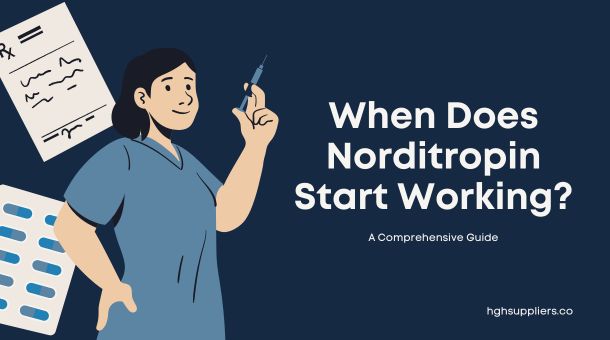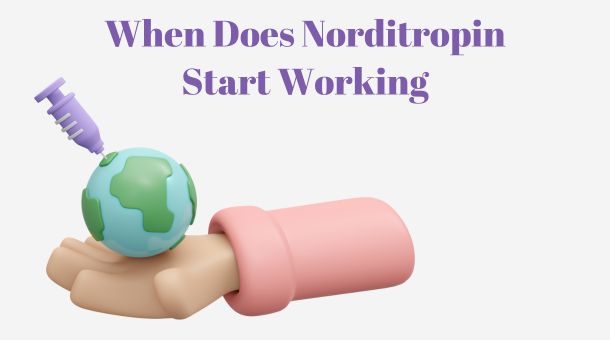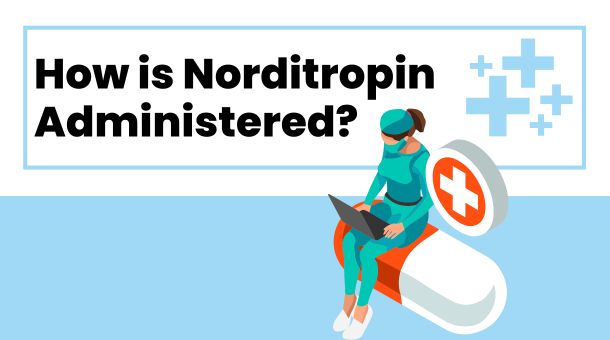Norditropin 10mg is a medication that contains somatropin, a synthetic form of human growth hormone (HGH).
It is primarily used to treat growth hormone deficiency (GHD) in children and adults. In this article, we will explore the uses, benefits, and important information about Norditropin 10mg.
Understanding Growth Hormone
Before delving into the specific uses of Norditropin 10mg, it’s important to understand the role of growth hormone in the body.
Human growth hormone (HGH) is produced by the pituitary gland and plays a crucial role in regulating growth and development, as well as maintaining various bodily functions throughout life.
In children, HGH is essential for normal growth and development. It stimulates the growth of bones, cartilage, and organs.
Deficiency in growth hormone can result in growth retardation, which is a condition where children do not reach their expected height.
In adults, HGH continues to have important roles, such as regulating metabolism, maintaining muscle and bone mass, and supporting overall health.
Deficiency in adults can lead to various health issues, including decreased bone density, increased body fat, and reduced muscle mass.
Indications for Norditropin 10mg
Pediatric Growth Hormone Deficiency (GHD):
Norditropin 10mg is commonly prescribed to children diagnosed with growth hormone deficiency.
It helps children with GHD achieve normal growth and development by promoting bone and muscle growth.
Treatment typically begins during childhood and continues until the child reaches an appropriate height or when the growth plates in the bones have closed.
Adult Growth Hormone Deficiency (AGHD):
In adults with growth hormone deficiency, Norditropin 10mg can be used to replace the missing hormone.
This treatment can improve body composition by reducing fat mass, increasing lean muscle mass, and improving bone density. It can also enhance overall well-being, energy levels, and quality of life in adults with AGHD.
Turner Syndrome:
Turner syndrome is a genetic condition that affects females and can result in short stature.
Norditropin 10mg may be prescribed as part of a comprehensive treatment plan to help girls and women with Turner syndrome achieve a more typical height.
Chronic Kidney Disease (CKD):
Some individuals with chronic kidney disease may experience growth hormone deficiency. Norditropin 10mg can be prescribed to improve growth and body composition in these patients.
Prader-Willi Syndrome:
Norditropin 10mg can also be used to treat children with Prader-Willi syndrome, a rare genetic disorder that can lead to growth hormone deficiency. It helps improve growth and muscle mass in these individuals.
How is Norditropin 10mg Administered?
Norditropin 10mg is typically administered through subcutaneous (under the skin) injection.
The dosage and frequency of administration will be determined by a healthcare provider based on the individual’s age, weight, and medical condition.
It’s essential to follow the prescribed dosage and administration instructions carefully to ensure the best results and minimize potential side effects.
Potential Side Effects and Precautions:
Like all medications, Norditropin 10mg can have side effects, although not everyone will experience them. Common side effects may include injection site reactions, headaches, and joint pain.
Serious side effects are rare but can include increased pressure in the brain, high blood sugar, and allergic reactions. It’s crucial to report any unusual or severe side effects to a healthcare provider promptly.
Before starting Norditropin 10mg, it’s essential to inform your healthcare provider of any pre-existing medical conditions, allergies, or medications you are taking.
Norditropin may interact with certain medications, and a thorough medical evaluation is necessary before initiating treatment.
Conclusion:
Norditropin 10mg is a medication containing synthetic growth hormone used to treat growth hormone deficiency in children and adults.
It can significantly improve the quality of life for those with growth hormone deficiency by promoting growth, increasing muscle mass, and reducing body fat.
However, it should only be used under the supervision of a healthcare provider, who will carefully assess each individual’s needs and monitor the treatment’s progress.
As with any medication, it’s essential to understand its uses, potential side effects, and precautions before starting treatment. Always consult with a healthcare professional for personalized guidance and recommendations regarding Norditropin 10mg.









